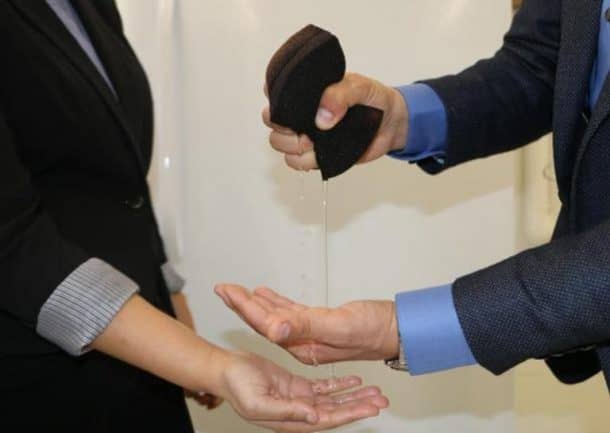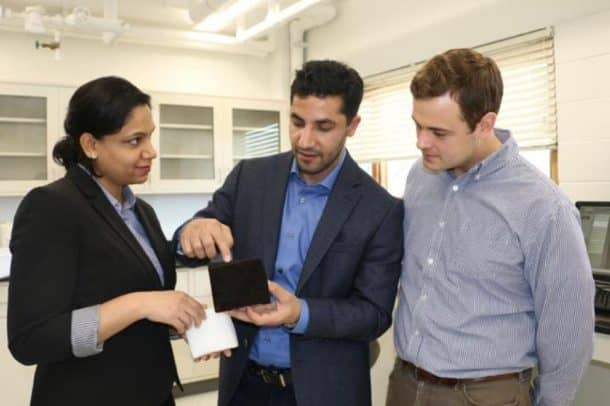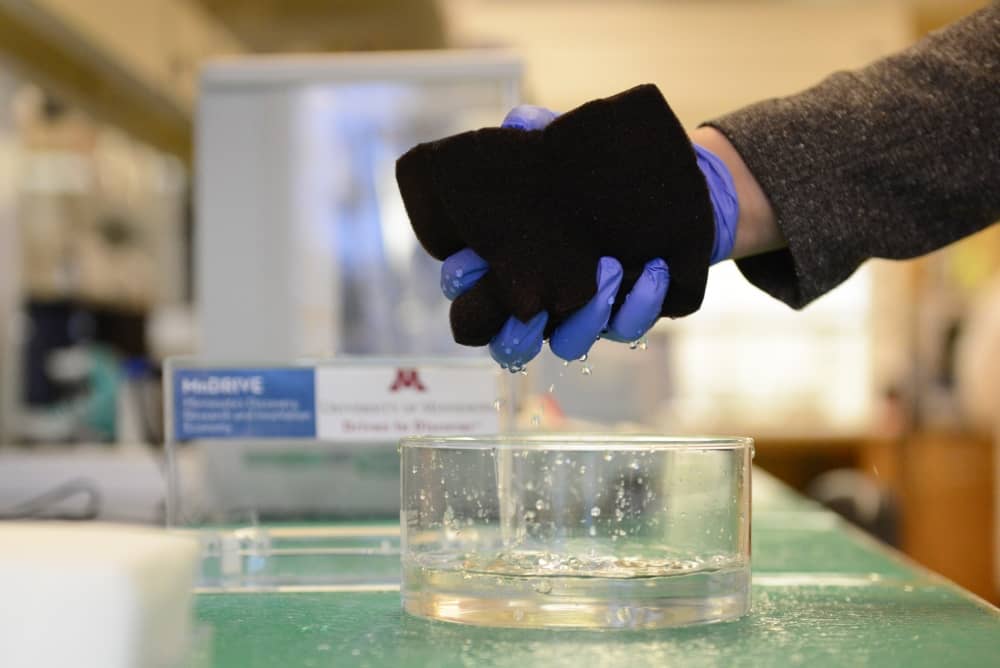The presence of mercury in water is a grave threat to marine ecosystems. While metal is found in tiny amounts naturally, human activity has increased the occurrence many folds. Cleaning the water from mercury has remained a challenge for a long time, but scientists have developed a sponge that can absorb mercury from water. The study was published in the journal Advanced Functional Materials.

A team of researchers led by Professor Abdennour Abbas at the University of Minnesota College of Food, Agricultural, and Natural Sciences developed the technology. The mercury absorbing sponge is made with the help of nanotechnology, using tools that can absorb even the tiny amounts of mercury that goes undetected. That too in just five seconds. According to the team, the Como Lake in Minnesota, spanning over 280,000 square meters would only need a sponge the size of a basketball to remove all mercury if it reaches the EPA’s limit.

The sponge is made up of low-cost composite polyurethane sponge covered with a layer of selenium. Selenium binds with the mercury and polyurethane breaks it down. The layer of selenium was immensely thin, kept at a nanoscale to create a large surface area for better absorption. Once the mercury from water is absorbed, it is transformed into a biodegradable substance than can be allowed to be thrown into a landfill.
“This is the first technology that can remove mercury totally from water. You just have to squeeze it,” says Professor Abbas
In the state of Minnesota, two-thirds of all the water bodies on the Impaired Waters List are due to mercury contamination. The state is in desperate need of such a technology where state’s health department had to issue strict fish consumption guidelines due to mercury contamination. Some type of fish can not be eaten more than once a month due to high amounts of mercury present in them.
Mercury is not the only pollutant on the list; the team is developing more types of sponges for a variety of contaminants. Phosphorous is another water contaminant that affects the starting algae blooms. The president of the lake quality company Lake Savers, John Tucci who considers the technology as revolutionary says:
“I got very excited about the opportunity to field-test the technology and see how far it can be taken. The degradation of our lakes is happening at such a fast rate that even if we miraculously change our behavior, it’s going to be too late for a lot of water bodies around the world.”
If the technology goes commercial, it will be saving the waters on the entire planet. Dolphins hunted in Japan were found to have dangerously high levels of mercury in 2010. Mercury levels in our oceans have tripled according to a 2014 report. Mercury is known to cause adverse effects in women and young children. High amounts can cause blood vessel damage that may lead to even kidney failure. Exposure to methylmercury is known to cause neurological damage.


